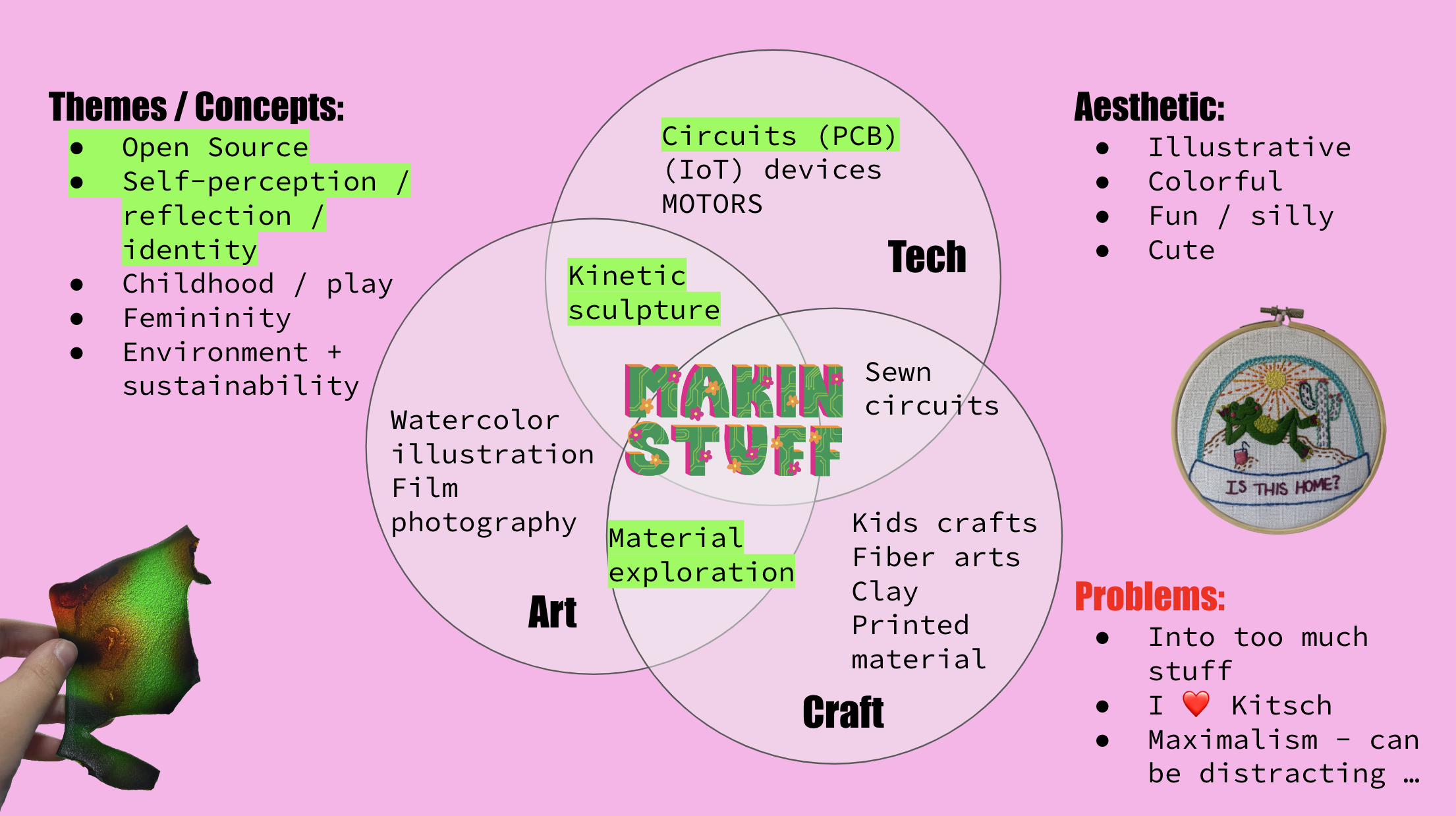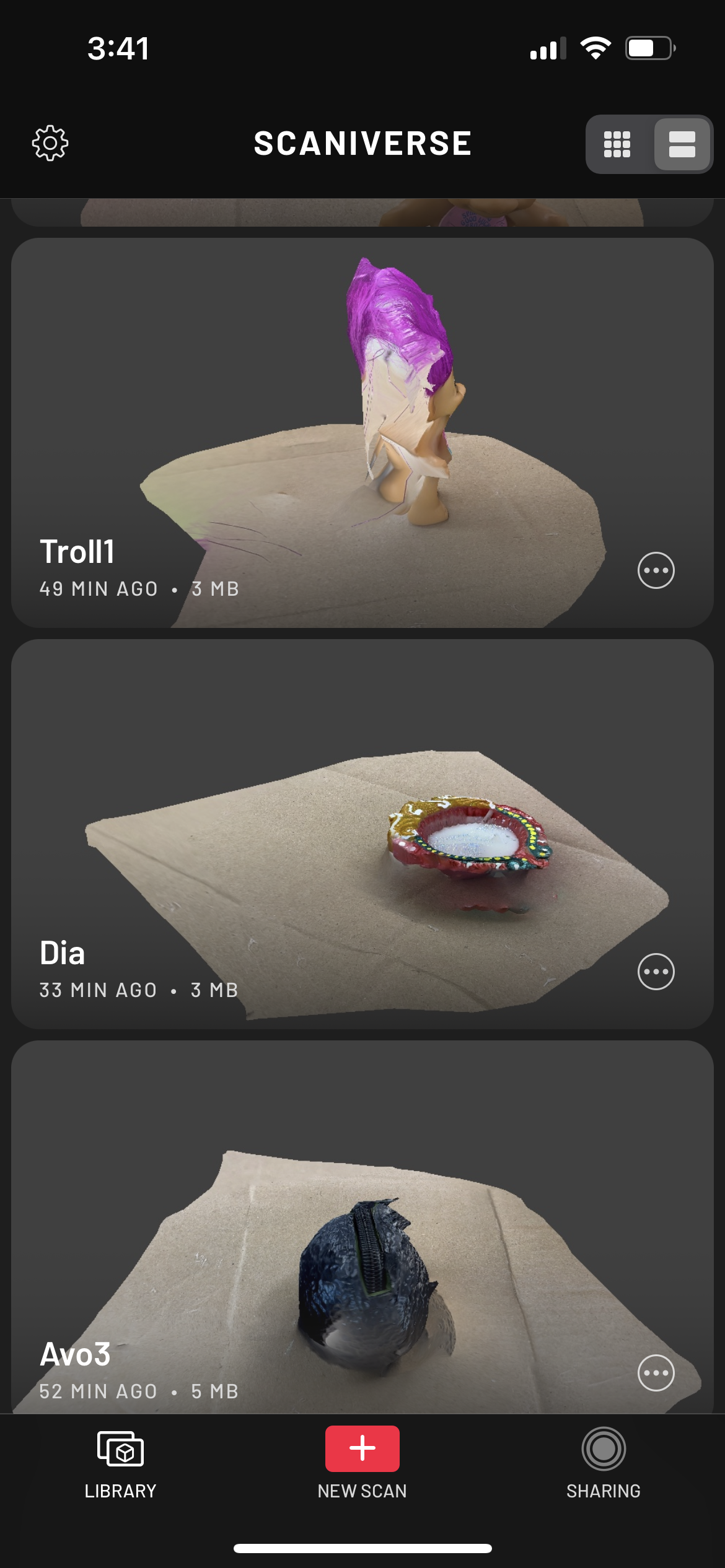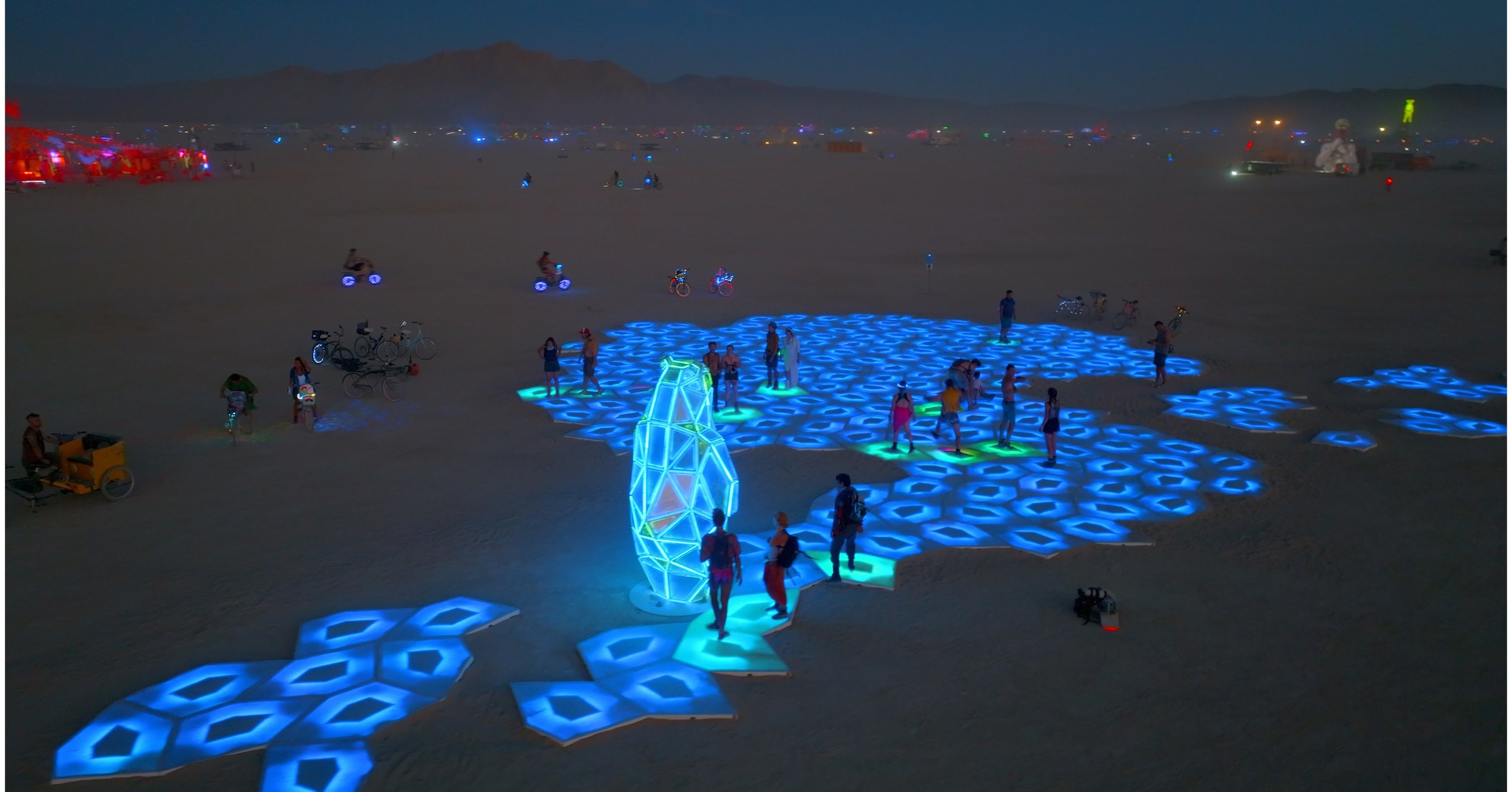The assignment was to choose an existing object and try to create a scale drawing of it, in multiple views, in Vectorworks. I have never used this software before and have very limited experience in CAD other than designing PCBs.
Process
Initially I chose this mini recycling bin. This is truly my most prized possession, my boyfriend got it for me and I use it to hold all my scissors, x-acto knives, and screw drivers. It also felt like an object that would be easy enough to draw but also had some curves and interesting shapes I could learn the software with.
Below is as far as I got with my Vectorworks drawing. Turns out the curves and weird shapes were too hard. I really couldn’t find good support online for learning this software or to draw what I wanted.
I ended up switching my object to my Circuit Playground Express. I didn’t want to go back to something I already had some experience with (drawing PCBs), I really wanted to learn something new, but time was running out and this seemed like something simple enough that I could measure and draw.
To complete this drawing, I used some calipers to measure specific components to get exact dimensions. I also followed some of Danny’s videos and did a lot of googling to navigate drawing in Vectorworks. Here are somethings I noted:
Combined shapes using “add surface”
Cut out the alligator clip holes using “clip surface”
Used the “DIN” dimensions, but it would be really nice if you could default to those each time!
I don’t really feel like I learned enough about using this software yet. I’m still looking out for some good beginner tutorials to familiarize myself! Also, not sure which CAD software to invest time in because there are so many to choose from and not sure what’s unique to each one. I know Phil really recommends Fusion 360…
Final Drawing
Questions
How to repeat something (copy/paste) around a circle?
How to get shapes consistently equidistant from each other?
Sometimes it is hard to move shapes small, precise amounts. How to do that?
How to make my page landscape orientation?
References
https://university.vectorworks.net/mod/scorm/player.php?scoid=24&cm=92¤torg=articulate_rise
https://www.youtube.com/watch?v=R1Pz6u3oaeY
YouTube getting started series I still wanna check out (4 parts)






















































































































































































